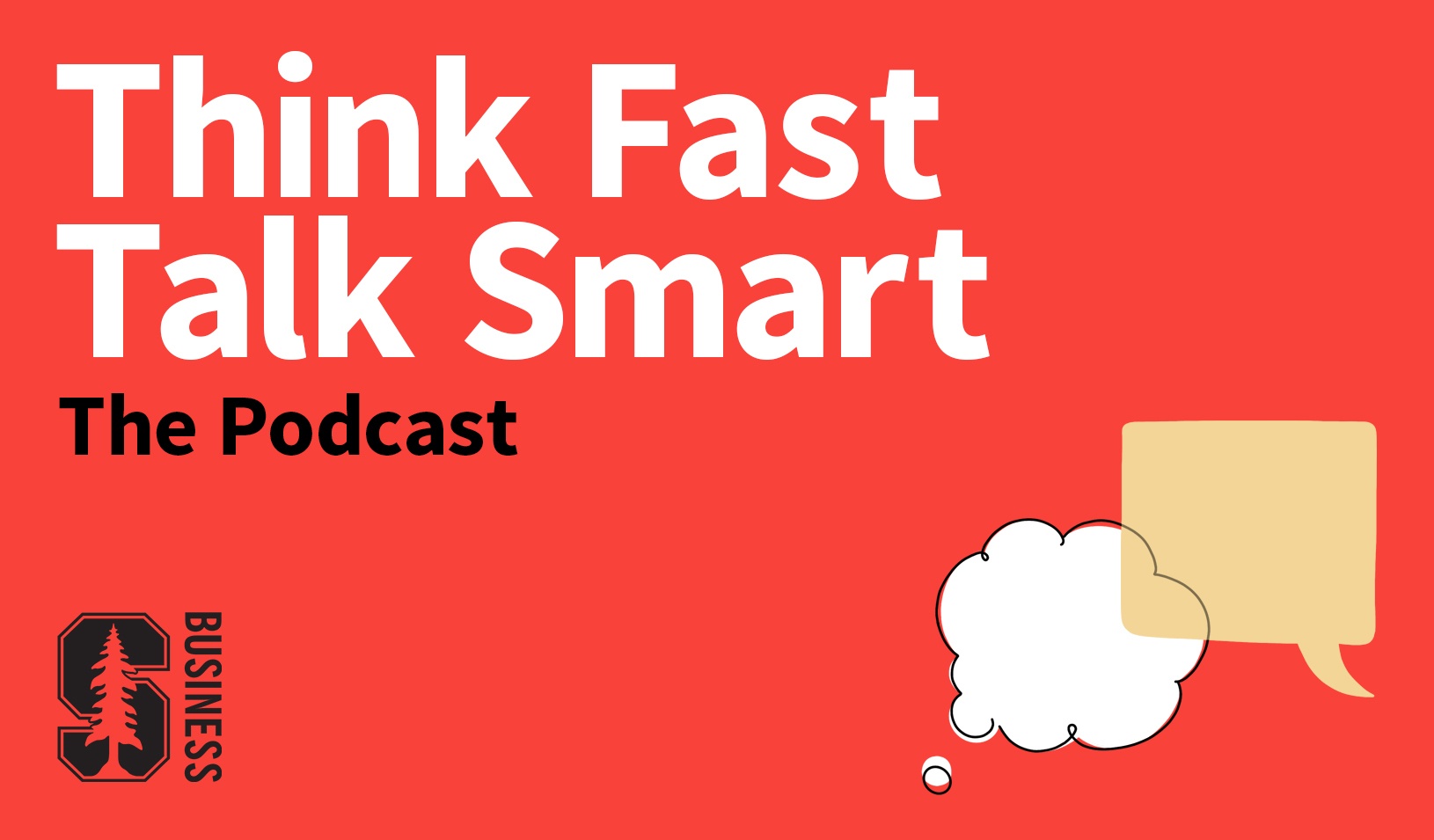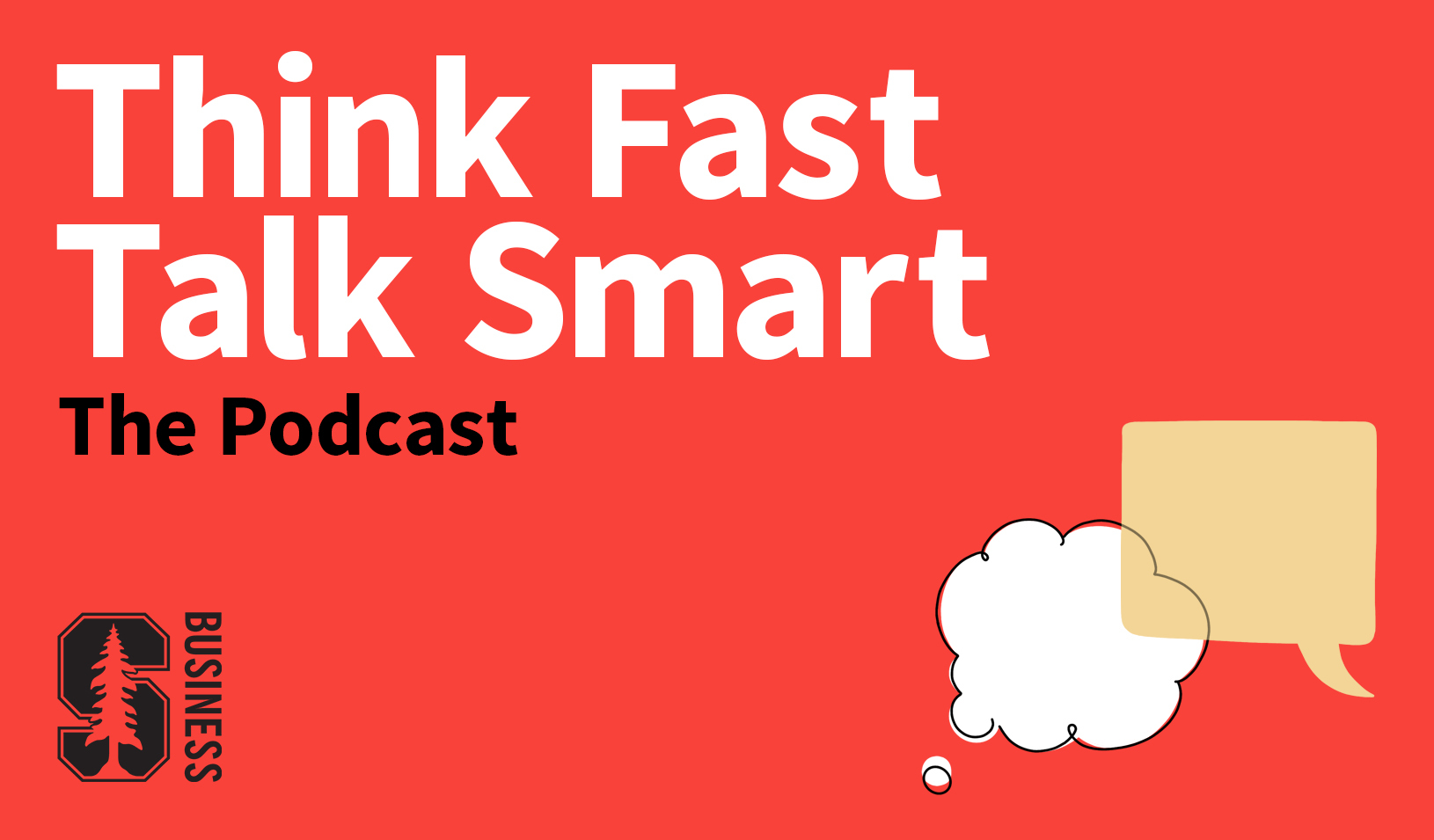When First Impressions Flop: The Power of Getting a Second Chance
Opportunities to show different sides of yourself to bosses and colleagues in numerous situations is critical to career advancement.
June 01, 2005
It’s your big night. You’ve somehow landed at the same party as the CEO of your dream company. You want desperately to impress him, but when you’re introduced you find yourself trying too hard, talking too loudly, and even blurting out an off-color remark. You know this is not who you really are, but the expression on the guy’s face makes it plain: You’ve blown it.
According to Jerker Denrell, associate professor of organizational behavior at the Stanford Graduate School of Business, what’s key in dispelling negative images is making sure you get a second — and third and fourth — chance. Having the opportunity to show different sides of yourself to bosses and colleagues in numerous situations — both social and professional — is, in fact, critical to your career advancement.
Denrell’s research shows that when someone makes a negative impression on us, we’re less likely to seek out that person again, making it difficult to gather additional information that could change our first impression. If, however, external factors force further interaction, there is opportunity to soften the first negative judgment, if not reverse it altogether.
The problem has interesting workplace implications, particularly in environments where social activities are encouraged outside of work. “People tend to socialize with those who are similar to themselves in terms of gender, race, educational level, and so forth,” Denrell says. In most organizations, for example, men tend to socialize with other men in bars or on golf courses. By getting to know one another better, they have the opportunity to change an incorrect negative opinion as they learn about that person’s other qualities and strengths. But because men don’t usually interact in this way with women coworkers, they don’t have the same opportunity to alter false negative evaluations. The same phenomenon similarly affects people who are members of minorities or perceived to be in any sort of “out” group in an organization.
Such a dynamic can have serious consequences for people’s careers. Individuals who actually possess similar skill levels may be evaluated differently simply because they have different social ties. People who come across badly early on — whether due to real errors or biased perceptions on the part of their evaluators — can be disadvantaged when it comes to promotions because they don’t have the same opportunity as others to interact with their evaluators and correct the poor image.
The power of second chances is a fairly intuitive but overlooked phenomenon in social psychological research. “Most of the literature of the past 50 years has stressed how our stereotypes and expectations about others influence the way we perceive them and what we remember about them,” Denrell explains, but that’s not the whole story. The research doesn’t consider that when we have a negative reaction to someone we generally try to avoid the person in the future and so never gather additional information. “Even if it were possible to evaluate that individual in a completely objective fashion — without stereotypes or expectations — a bias would still remain because we end up working with only limited information,” he notes.
Denrell’s broad area of research involves how people learn. “In learning, if you only care about accuracy, the ideal practice is to gather a lot of information about each alternative,” he says. This, however, costs time and energy, so people often have to decide what and whom they want to learn more about. As a result, they are more likely to follow up on people they like rather than laboring to find out more about those who rub them the wrong way.
Organizations that are serious, then, about promoting diversity and equal opportunity will want to be on the lookout for ways to ameliorate dynamics that prevent people from getting to know others outside their usual crowd. “Companies may want to establish more formal mechanisms that promote interaction among different groups of people, for example,” Denrell concludes.
For media inquiries, visit the Newsroom.
Explore More

Lose Yourself: The Secret to Finding Flow and Being Fully Present

Speak Your Truth: Why Authenticity Leads to Better Communication



